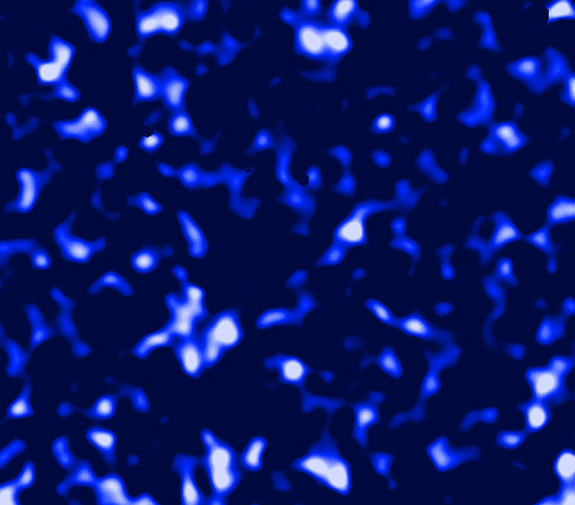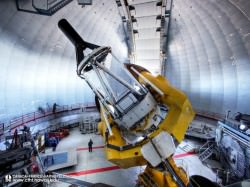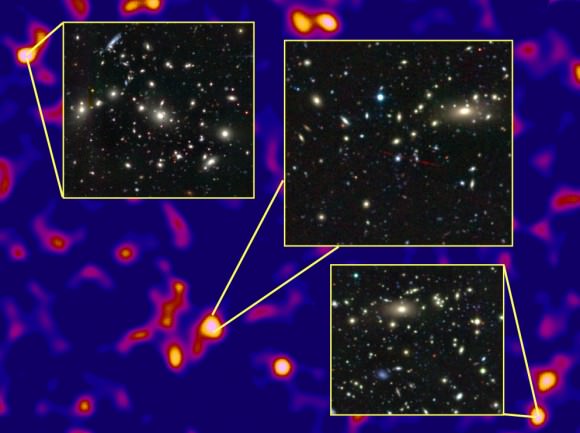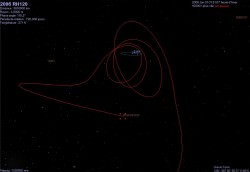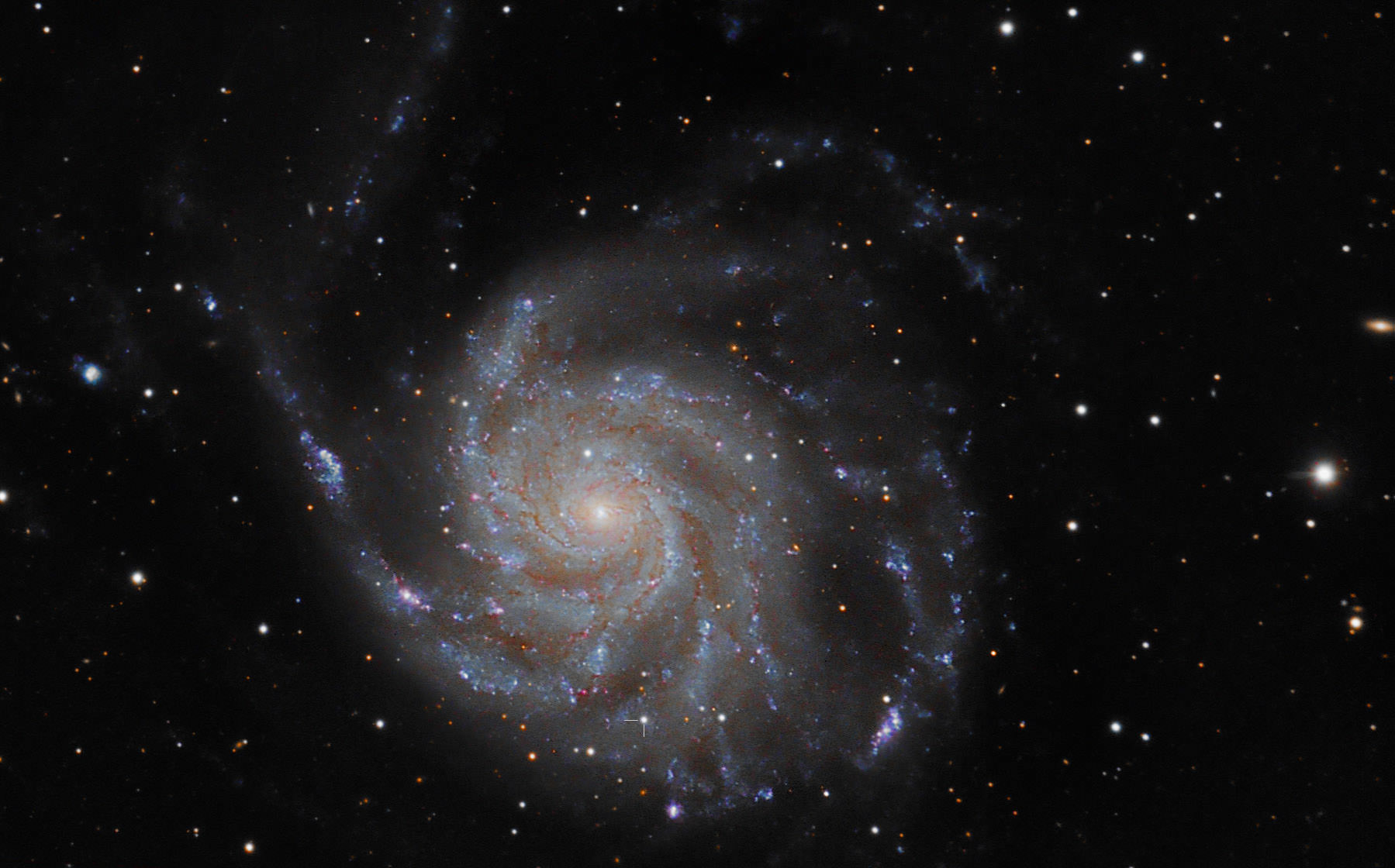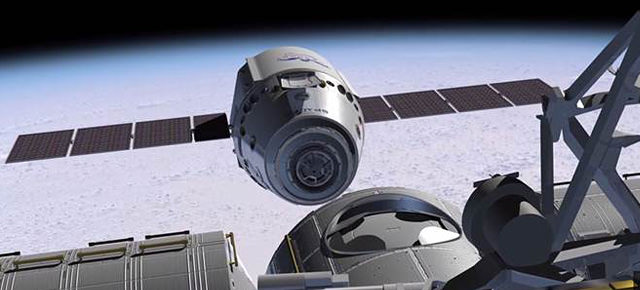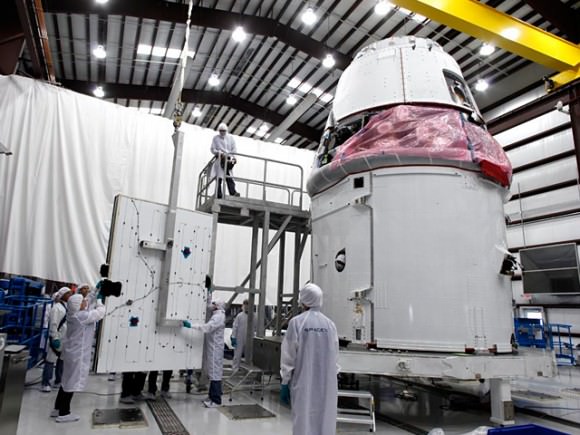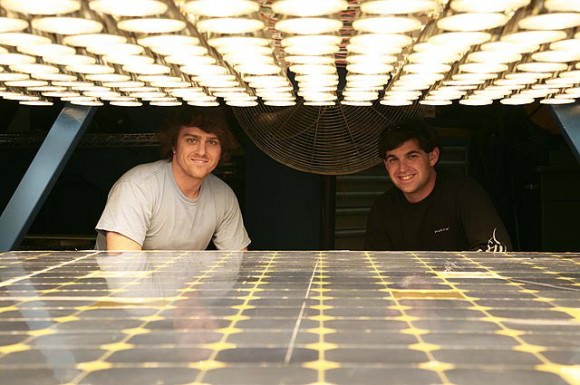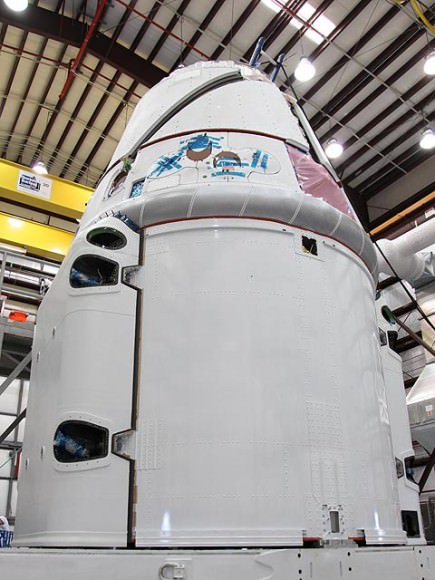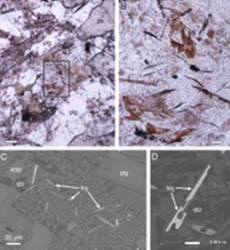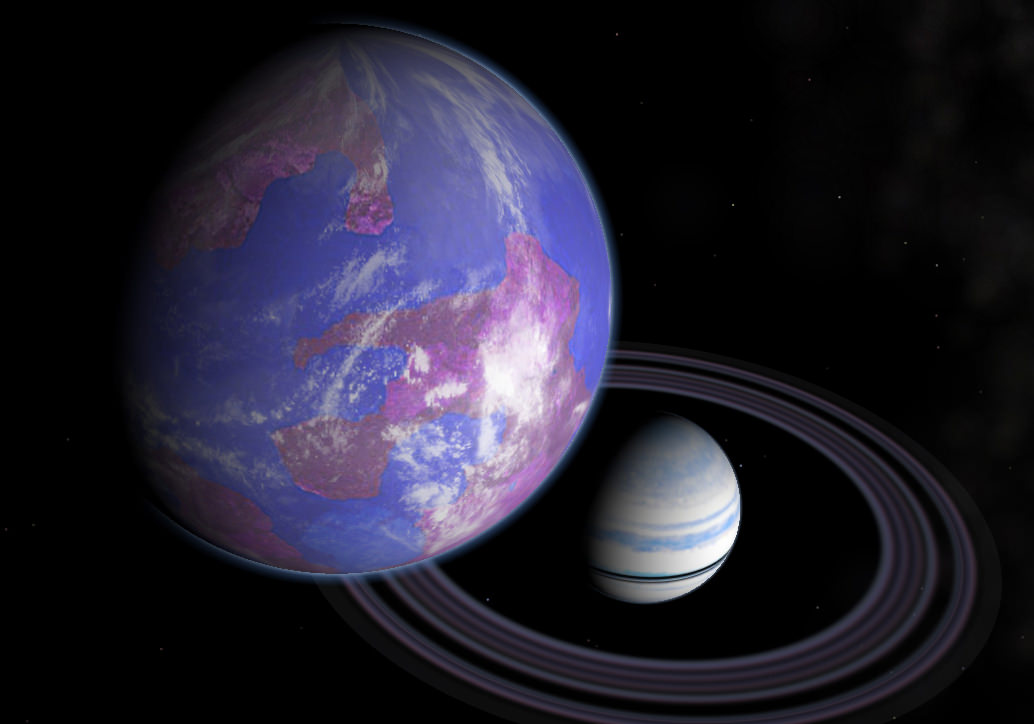[/caption]
As technology advances, a lot of the gadgets and other things we use keep getting smaller, lighter and thinner. Now that trend may soon be taken to another extreme – small robotic space explorers which in turn use a miniscule power source – bacteria.
It may sound like science fiction, or just odd even, but that is the idea behind a new proposal by NASA for an alternative to the solar and nuclear powered missions common today. The bacteria could provide a long-lived energy source which could sustain a tiny robotic probe; the amount of energy generated would also be small however, not enough to power larger probes like the Mars rovers for example. The microbial fuels cells could last a long time however, as long as the bacteria themselves had an adequate food supply.
The microbe being considered for the project is Geobacter sulfurreducens, which does not require oxygen for its survival.
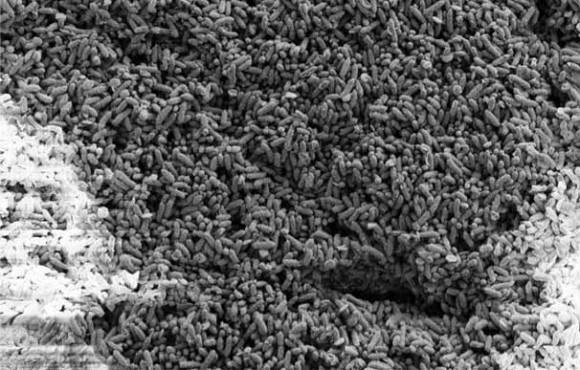
A research team at the Naval Research Laboratory would like to have a working prototype of just such a robot within the next ten years that would weigh about 2 pounds (1 kilogram). There are technological hurdles, as with any new mission concept, to be overcome which will take several years.
Another major concern however, is the problem of contamination. Planetary probes, especially ones going to Mars, have been sterilized before launch according to a long-standing protocol, to minimize the introduction of earthly bacteria to the alien environments. So what would happen if a bacteria-powered probe was sent? It seems counter-productive then to deliberately send microbes which not only hitch a ride but are actually the fuel.
According to Gregory Scott at NSL: “There are planetary protection concerns, as well as concerns about protecting the microbes themselves from radiation. Sometime down the road we also have to consider whether the microbes we’re looking at are most effective for radiation environments or extreme temperatures.”
Any bacteria-based fuel system would have to take the contamination issue into account and be developed so as to try to minimize the chances of accidental leakage, especially in a place like Mars, where such organisms would have a decent chance at survival.
The concept is an innovative and exciting one, if the various technological and environmental concerns can be addressed. If so, our tiny friends may help to open a new chapter in space exploration.
Scott continues: “As we move forward in the utilisation of MFCs as an energy generation method, this research begins to lay the groundwork for low powered electronics with a long-term potential for space and robotic applications,” says Scott. Microbial fuel cells coupled with extremely low-power electronics and a low energy requirement for mobility addresses gaps in power technology applicable to all robotic systems, especially planetary robotics.”



